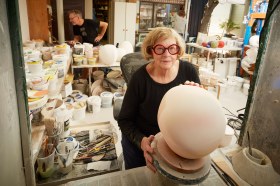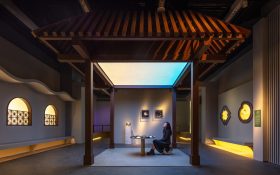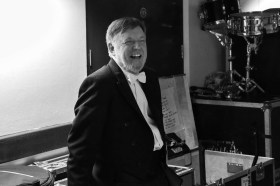When young graphic design company Kerr|Noble was nominated by design bible Creative Review for an editorial design award, founding partner Frith Kerr says she and business partner Amelia Noble thought: ‘We’d better do some editorial design!’ The pair were working on their first book, but realised it wouldn’t be ready in time for the Creative Review exhibition. Instead, the two designers decided to produce a magazine. They quickly pulled together a team of writers, filmmakers and photographers, hauled them all off to Highgate Cemetery for some creative inspiration, and then left each to their own devices.
Designing for the future
When young graphic design company Kerr|Noble was nominated by design bible 'Creative Review' for outstanding editorial design last year, founding partner Frith Kerr says she and business partner Amelia Noble thought: 'We'd better do some editorial design!' Kerr talks to Arts Hub about the company's success since its establishment in 1997, and why she thinks the way forward for graphic design is mo
19 May 2003
[This is archived content and may not display in the originally intended format.]




